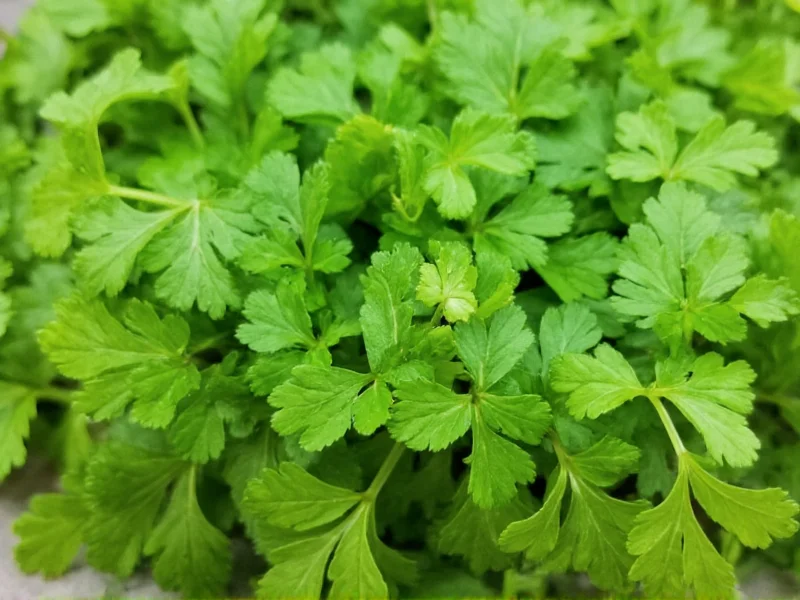The Botanical Reality: One Plant, Two Names
Coriandrum sativum, an annual herb in the Apiaceae family, produces both the leafy greens known as cilantro and the round, tan seeds called coriander. This single plant offers two distinct flavor profiles used across global cuisines. The fresh leaves have a bright, citrusy taste with a hint of pepper, while the dried seeds deliver a warm, nutty, slightly orange-like flavor. Understanding this botanical unity prevents recipe mistakes and shopping confusion.
Geographic Naming Differences Explained
The terminology split primarily follows regional language patterns:
| Region | Leaves/Stems | Seeds |
|---|---|---|
| United States & Canada | Cilantro | Coriander |
| United Kingdom, Australia, India, and most Commonwealth countries | Coriander (leaves) | Coriander (seeds) |
| Spain, Mexico, and Latin America | Cilantro | Coriandero or Cilantro seeds |
This linguistic divide creates frequent confusion when following international recipes. An Indian cookbook might list "coriander" expecting fresh leaves, while an American recipe specifying "coriander" actually requires ground seeds.
Visual Identification Guide
When shopping, recognizing the difference prevents culinary mishaps:
- Cilantro (fresh leaves): Bright green, lacy, delicate leaves with a distinctive aroma. Sold in bunches with stems attached, often near other fresh herbs.
- Coriander seeds: Small, round, tan-to-brown seeds resembling caraway. Available whole or ground in the spice aisle.
- Dried coriander leaves: Rarely used in Western cooking but common in some Asian cuisines. Much less potent than fresh cilantro.
Culinary Applications Compared
Understanding how each component functions in cooking helps you use them effectively:
| Component | Flavor Profile | Common Culinary Uses |
|---|---|---|
| Fresh cilantro/coriander leaves | Bright, citrusy, slightly peppery (some detect soapy notes due to genetic factors) | Salsas, guacamole, Thai curries, Vietnamese pho, garnishes, chutneys |
| Coriander seeds (whole) | Warm, nutty, citrusy, slightly floral | Curry blends, pickling spices, sausages, breads, marinades |
| Ground coriander | Milder version of whole seeds, more immediate flavor release | Spice rubs, baked goods, soups, stews, commercial curry powders |
Substitution Guidance: When You Can and Can't Swap
Many home cooks wonder whether they can substitute one for the other. The answer depends on which part you're trying to replace:
- Using cilantro instead of coriander seeds: Not recommended as a direct substitute. The fresh leaves won't provide the warm, nutty flavor of the seeds. If substituting, use 2-3 times the amount of fresh cilantro and add a pinch of cumin or citrus zest to approximate some flavor elements.
- Using coriander seeds instead of cilantro: Impossible as a fresh herb substitute. The seeds lack the bright, fresh quality. For seed-to-leaf substitution, try using fresh parsley with a squeeze of lime juice.
- Ground coriander vs. whole seeds: Ground coriander works as a substitute for whole seeds (use ¾ the amount), but whole seeds provide more complex flavor when toasted and freshly ground.
Common Misconceptions Clarified
Several persistent myths surround these terms:
- Myth: Cilantro and coriander are different plants
Fact: They come from the exact same plant species (Coriandrum sativum) - Myth: Coriander always means the seeds
Fact: Outside North America, "coriander" refers to both leaves and seeds - Myth: Cilantro is just the Spanish word for coriander
Fact: "Cilantro" comes from the Spanish word for the fresh leaves specifically, while "coriandero" refers to the whole plant - Myth: Dried cilantro equals coriander
Fact: Dried cilantro leaves lose most flavor and aren't the same as coriander seeds
Practical Tips for Cooking Success
To navigate recipes successfully:
- Check the recipe's country of origin—British recipes using "coriander" likely mean fresh leaves
- When a recipe lists both "cilantro" and "coriander," it's almost certainly referring to the leaves and seeds respectively (common in American recipes)
- Store fresh cilantro with stems in water (like flowers) in the refrigerator for longer freshness
- Toast whole coriander seeds before grinding to enhance their flavor complexity
- Freeze fresh cilantro in ice cube trays with water or oil for longer storage (though texture changes)
Why the Naming Confusion Persists
The linguistic divide stems from historical language evolution. "Coriander" entered English from the Greek "koris" (bug), likely referring to the plant's pungent smell when crushed. Spanish adopted it as "cilantro," which English speakers later borrowed specifically for the fresh herb. This semantic split solidified as regional cooking traditions developed independently.











 浙公网安备
33010002000092号
浙公网安备
33010002000092号 浙B2-20120091-4
浙B2-20120091-4